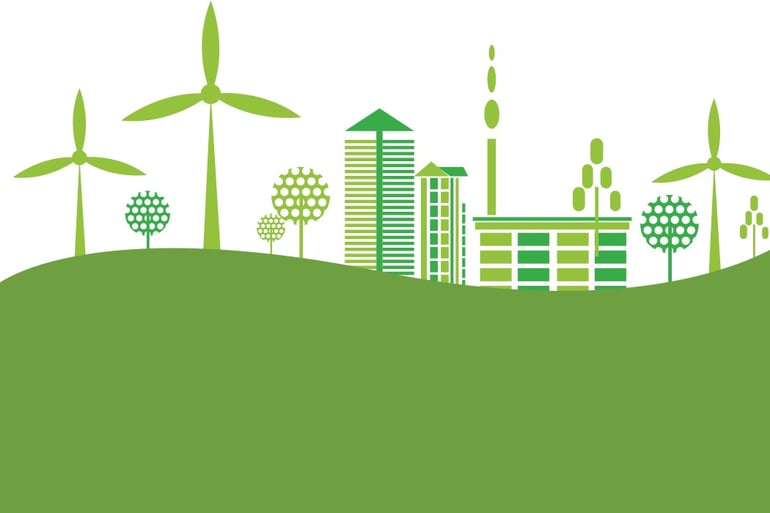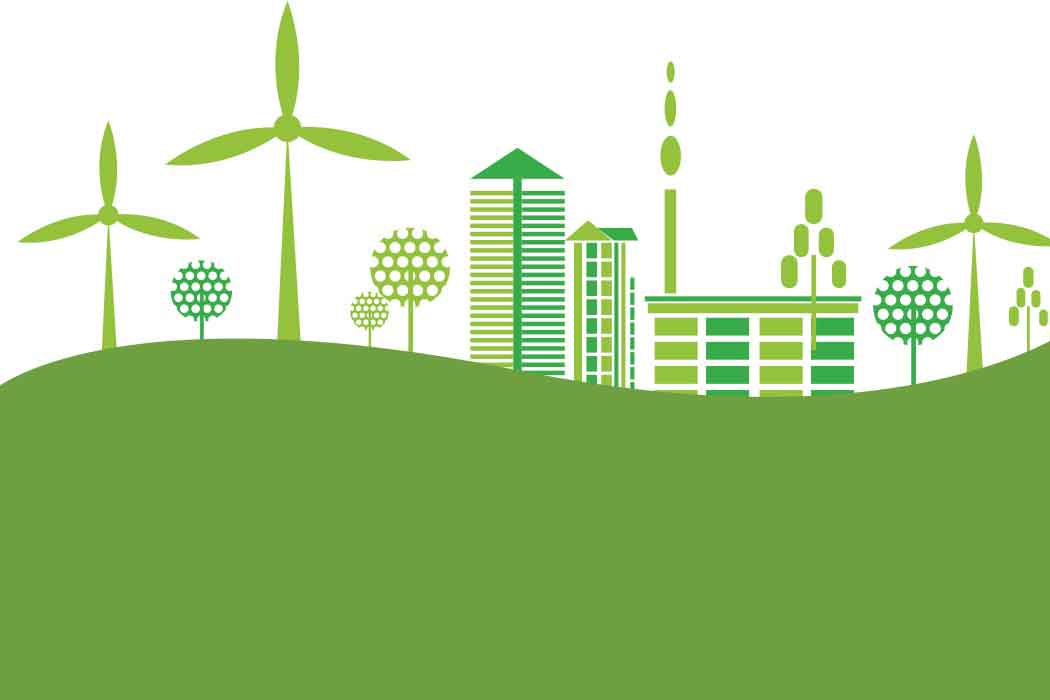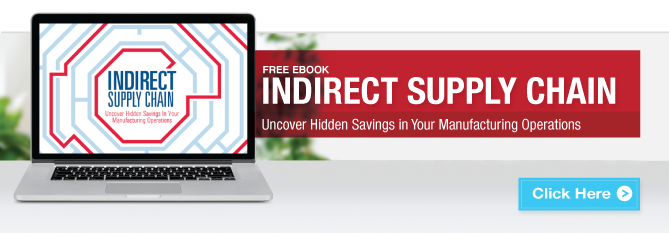 With manufacturers using more than 30% of the nation’s energy, corporate sustainability and global warming have been hot issues for years. It is yet to be seen whether clean energy standards will be instituted nationwide, but if so, clean energy requirements will not only change the way manufacturing facilities fuel their operations, but also the way they run their businesses. Here we’ll take a brief look at how clean energy reform will affect your supply chain optimization strategy long-term.
With manufacturers using more than 30% of the nation’s energy, corporate sustainability and global warming have been hot issues for years. It is yet to be seen whether clean energy standards will be instituted nationwide, but if so, clean energy requirements will not only change the way manufacturing facilities fuel their operations, but also the way they run their businesses. Here we’ll take a brief look at how clean energy reform will affect your supply chain optimization strategy long-term.
Clean Energy Benefits
For years, we’ve known that clean energy has had many environmental positives, including its renewability and water efficiency. The concern has long been the financial feasibility using clean energy across-the-board. Luckily, green energy technologies are becoming more affordable for small and big businesses alike.
For example, choosing an affordable clean energy provider to power your facility is now easier than ever. Some states have restructured their energy market to allow for more clean energy suppliers, improving the competitive bidding process. Additionally, even some traditional fossil fuel-energy companies are expanding the breadth of their offerings to include more renewables.
These clean energy savings can later be passed on to your consumers. Take Tesla Motors as an example. The company’s 10 million square foot factory in Nevada is 100% powered by renewable resources. The plant runs on entirely renewable energy, including solar panels, wind energy, and geothermal electricity. Because the factory costs less than traditionally fueled plants to power, Tesla sells the batteries made in this plant for $3,000 less than the going rate for the same product produced elsewhere. Plus, their output is still significant: the factory produces enough batteries annually to power 500,000 vehicles.
Innovations in Clean Energy
While renewable innovations have made significant strides towards efficiently and economically powering manufacturing, there are still steps to take. In 2013, the manufacturing industry was responsible for a quarter of the electricity consumed in the United States, particularly in the use of electric motor driven systems. In response, new technologies have been developed to make these systems more efficient. Some examples include better insulation materials, advanced cooling technologies, and improved superconducting materials.
The U.S. Department of Energy’s Clean Energy Manufacturing Initiative (CEMI) aims to strengthen the competitiveness of clean energy manufacturing technologies in supply chain optimization. If you’re interested in adding more clean energy technologies to your supply chain, CEMI is a good resource to find resources about projects-in-process and to keep your pulse on up-and-coming innovations.






